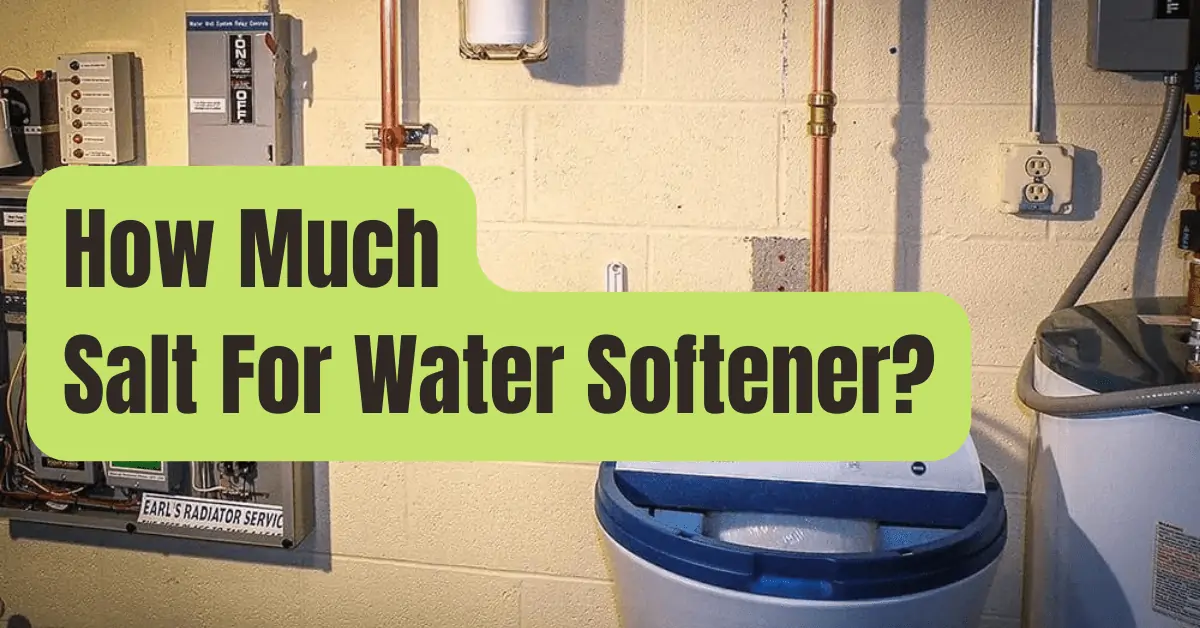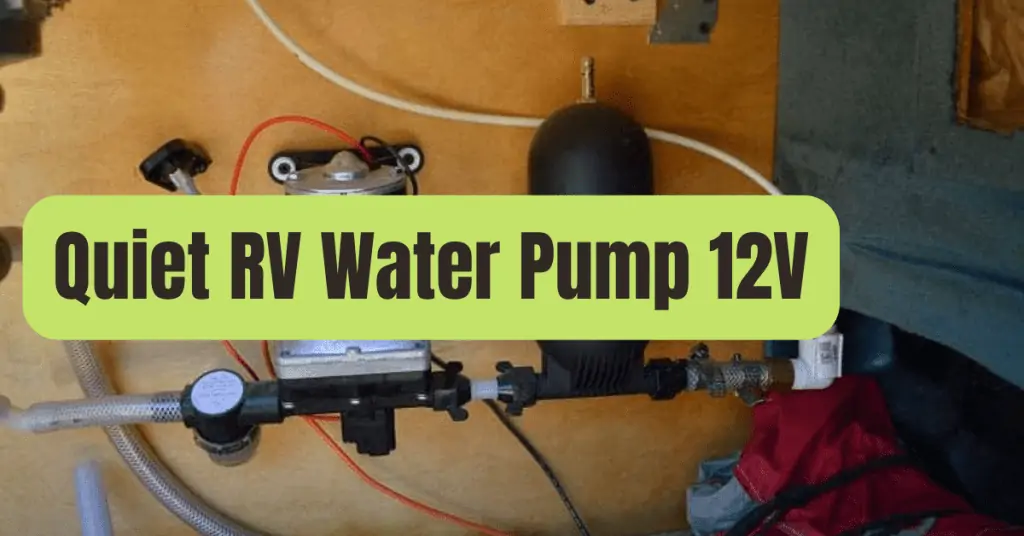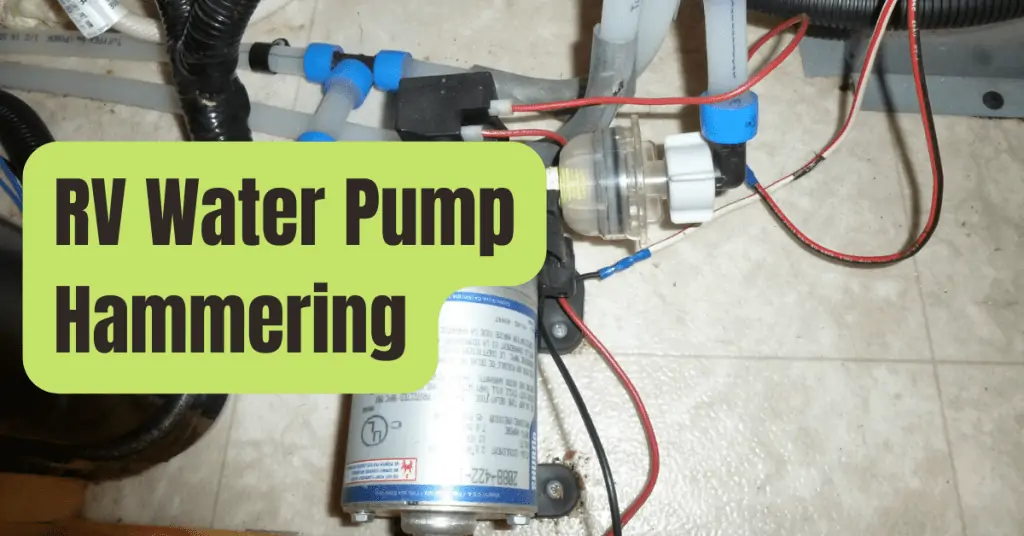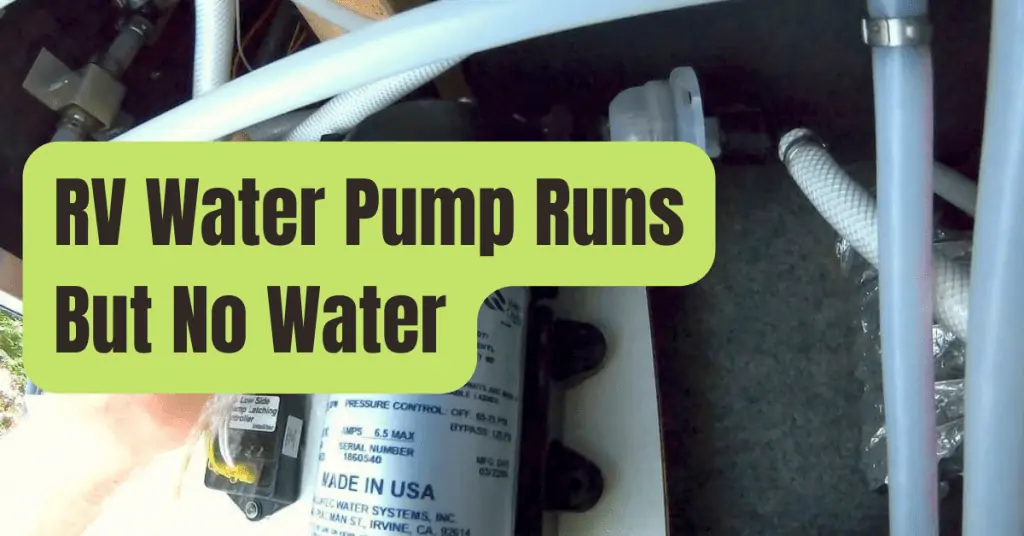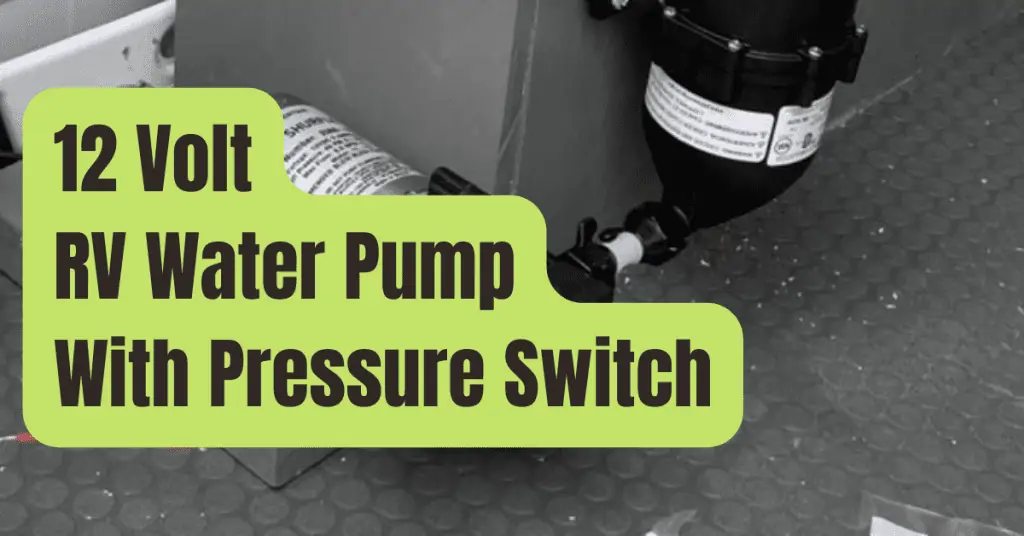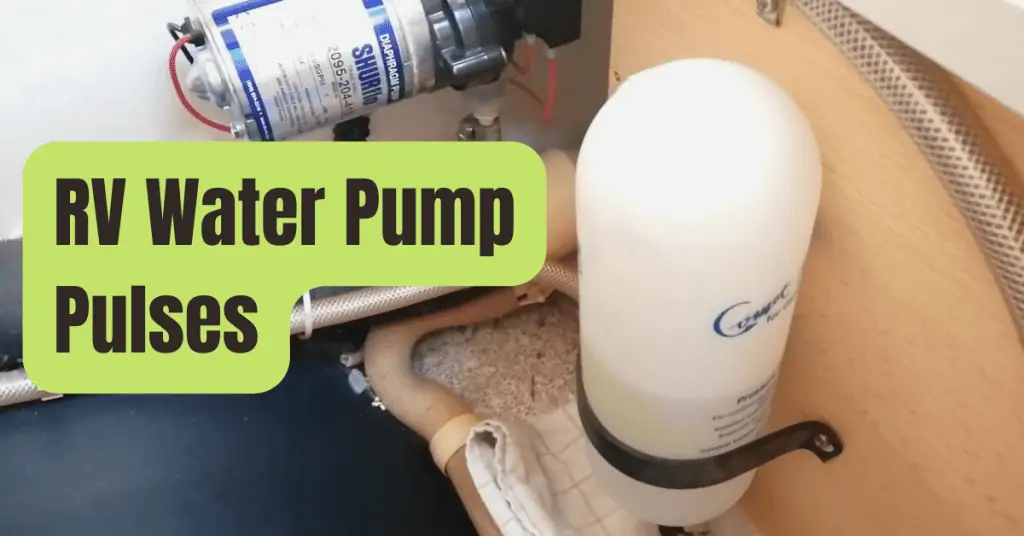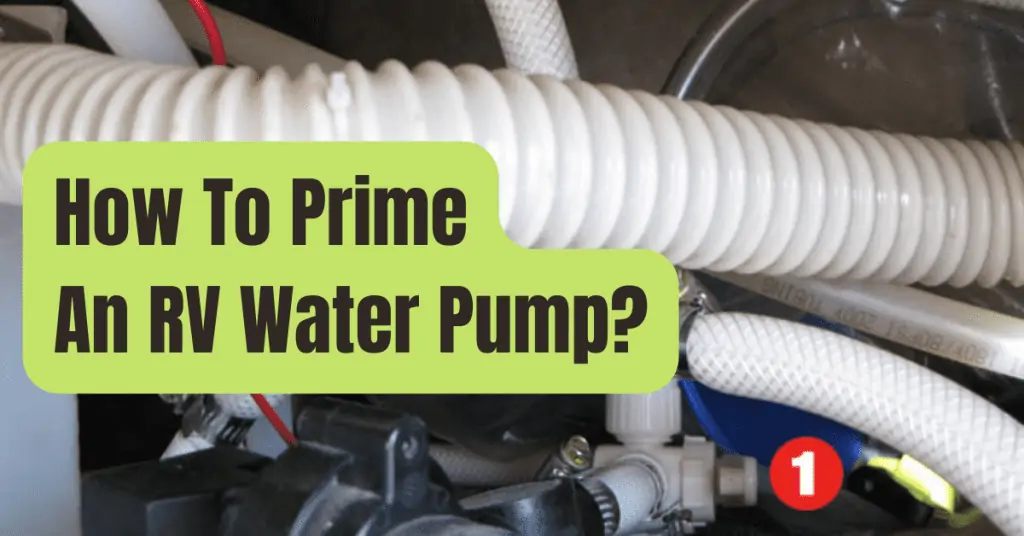We’ll tell you today how much salt to put in the brine tank of your water softener.
We will educate you of how much salt to apply to your water softener, when to add it, and the details of how your water softener truly operates.
#1. How Much Salt Should Be Added To A Water Softener Brine Tank?
How much salt should be placed in a water softener’s brine tank and how to add salt to a water softener are two of the most often queries we get.
Your water softener’s brine tank is where the salt is kept.
Salt levels in your brine tank may be both too high and too low.
You must maintain the right level of salt in your water softener to keep it operating as effectively as possible.
A helpful guideline to remember is to:
- Constantly maintain your brine tank at least one-quarter full of salt.
- The salt should not be more than 4 to 6 inches below the brine tank’s top.
- Ensure that the salt level in your brine tank is consistently a few inches higher than the water level.
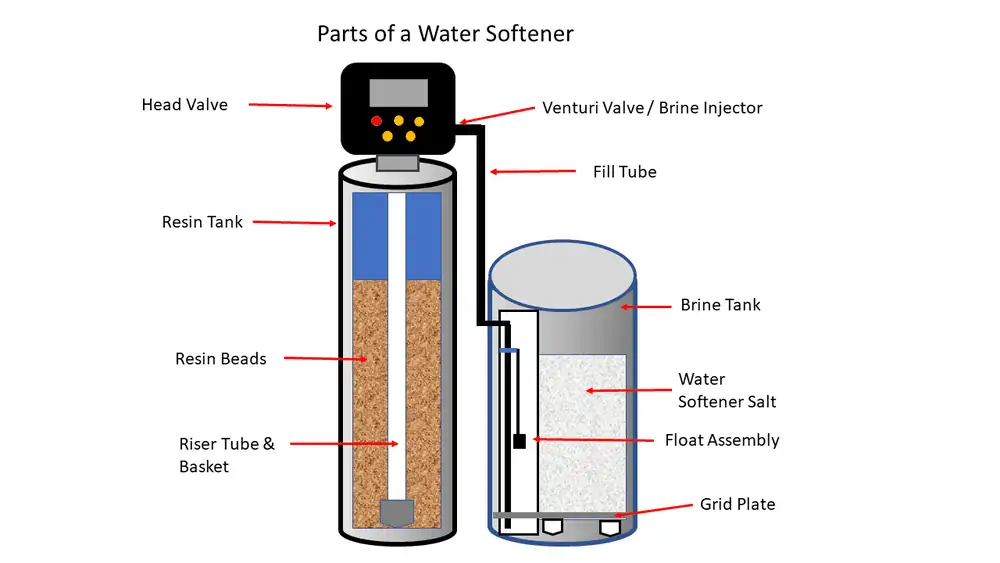
#2. Advice for Salting Your Brine Tank
TIP #1: Be sure to break up or loosen any existing salt in your brine tank before adding any more salt.
Use a broom handle or any other similarly length item to do this.
TIP #2: If there is any encrusted salt on the edges of your brine tank, break off any big chunks that have clumped together and loosen it so that it falls to the bottom of your tank.
TIP #3: You can also break up a salt bridge in your brine tank using a broom handle.
If it’s hard to separate, try soaking it in hot water to soften it up first.
TIP #4: Use only potassium chloride or sodium chloride that has been produced specifically for water softeners when using water softener salt.
Regular salt should not be used since it is less pure than water softener salt, can harm your appliance, and the smaller grains will dissolve too rapidly.

#3. How Much Salt Is Going To Be Used By Your Water Softener?
Numerous variables determine how much salt you will need and how often you will need to top it up.
These consist of:
- How Much Water You Use: Each home is unique. Generally speaking, households with more inhabitants consume more water. You will require more salt for the water softener if you use more water.
- The Size of Your Brine Tank: If your brine tank is quite big, you generally won’t need to fill it up as often as you would a smaller tank. The amount of water you use will also play a role in this, however.
- Your Water’s Hardness: The amount of minerals in your water that make it hard will also have an impact on how much salt you need. The resin beads will need to be renewed more often and you’ll need more salt the harder the water is.
For instance, after using around 12,000 gallons of water, a typical three-bedroom house with four residents would need a regeneration cycle.
If the water hardness levels are greater than usual, regeneration would need to happen more often than this.
Checking the salt level in the brine tank of your water softener at least once a month can help you determine when to add extra salt.

#4. The Operation of Your Water Softener
The most popular kind of water softener consists of two parts: a shorter, broader brine tank and a tall, narrow water softener tank.
Although some versions combine the brine tank and the water softener tank into a single unit, the method for softening water is the same regardless of the model you have.
Every kind of water softener works by removing the minerals that cause your water to be hard, mostly calcium and magnesium.
Resin beads are in the tank of your water softener.
You cannot access this section of your softener because it is sealed.
On the other hand, the cover of your brine tank may be readily removed so you can check the amount of water softener salt you already have and add more if necessary.
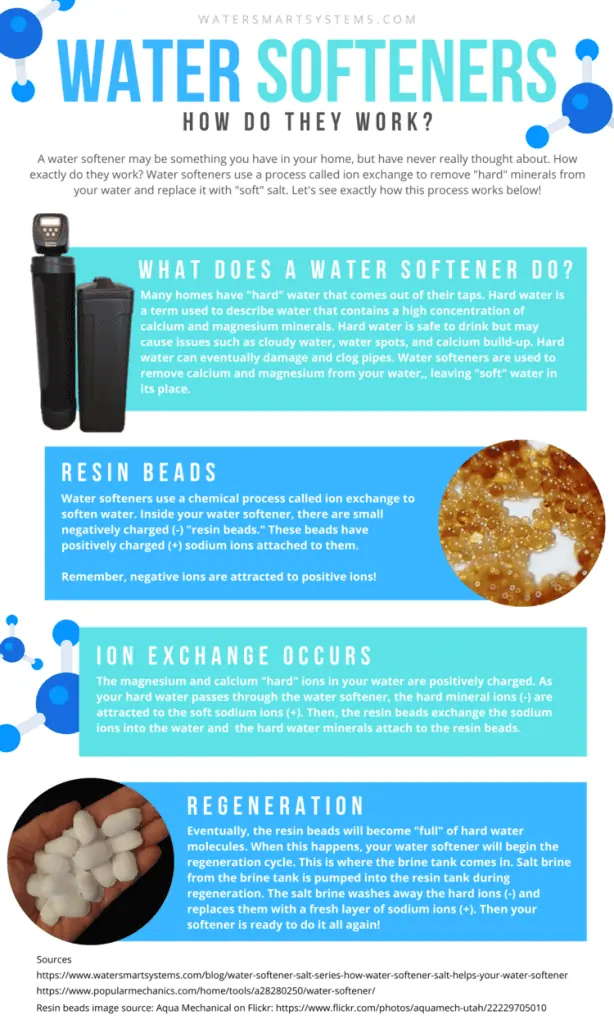
#5. The Method Of Water Softening
The primary processes your water softener will use to convert your hard water into soft water are as follows.
Step 1: Hard water from your intake pipe travels through your resin beads and into your water softening tank.
These resin beads are comprised of plastic that is porous and are coated with negatively charged molecules.
Step 2: The positively charged minerals in your hard water are drawn to the negatively charged resin beads.
Ion exchange is the term used to describe this activity, which is quite similar to a magnet attracting metal.
The minerals adhere to the resin beads in step three and are confined within your water softener tank.
Step 4: The minerals that made your water hard have been eliminated, making it gentle today.
When you turn on the tap, the soft water comes out of your water softener and into your pipes, ready for use.
Step 5: Over time, your resin beads will have drawn in as many minerals as they can hold onto until they run out of minerals to draw in.
They will need cleaning with the toilet.
Step 6: In order for your resin beads to attract the positively charged minerals once again, your brine tank needs to clear them off.
The regeneration cycle is the name given to this process.
Your water softener’s computer will monitor how much water has passed through the resin tank and will start a regeneration cycle when it’s time to clean the beads.
Step 7: Salty water from the brine tank enters the fill tube and moves into the softener tank during the regeneration cycle.
Minerals adhered to the resin beads are removed by the salty water.
The discharge pipe is then used to flush this mineral-rich, salty water out of the softener tank.
Step 8: Your resin beads will now be prepared to remove more minerals, and Step 1 of this procedure may start again when this regeneration cycle is complete.
Watch the video below to find out more about how a water softener works.
Trust WaterSmart for Water Softener Installation and Repairs in the Kitchener-Waterloo Region.
You can rely on WaterSmart if you want water softener servicing in the Kitchener-Waterloo area.
For a fair price, we’d be pleased to assist you with any repairs or services you need for any kind of water softener you own.
Our skilled, knowledgeable plumbers will visit your house, examine your system, and provide you advice on the best course of action.
When feasible, we can repair your current device; but, if you want a replacement, we will help you decide which kind of water softener would best suit your requirements.
Even provide loans.
“I bought a water softener from Watersmart, and I was happy with the whole experience. Although I didn’t know much about water softeners, the salesperson was able to educate me on their operation and recommend the finest unit for my needs. The machine works well, and the installation proceeded without a hitch. I would advise everyone”

